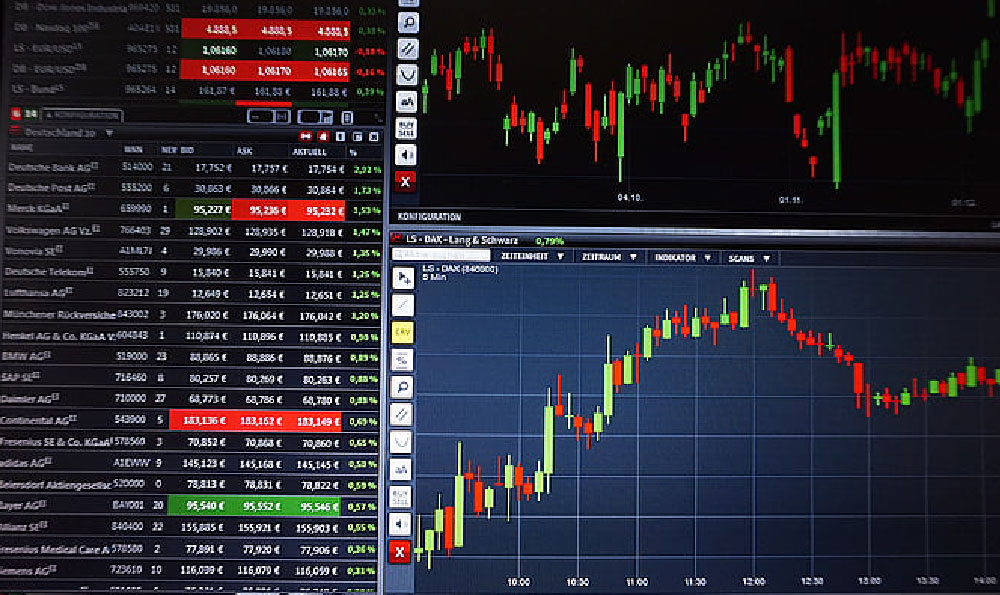How do TV Shows Earn Revenue? What Are Their Profit Models?

The television landscape has undergone a dramatic transformation in recent years, moving from a primarily linear model dominated by broadcast networks to a complex ecosystem with streaming services, digital platforms, and a myriad of monetization strategies. Understanding how TV shows generate revenue and the various profit models they employ is crucial for navigating this evolving media environment, whether you're an industry professional, an investor, or simply a curious viewer.
Traditionally, television shows relied heavily on advertising revenue. Networks sold advertising slots during programs based on viewership numbers, primarily measured by ratings. Shows with higher ratings commanded higher advertising rates. This model, while still significant, is becoming less dominant as viewers increasingly migrate to ad-free streaming platforms or utilize ad-blocking software. The shift has forced content creators and distributors to explore alternative revenue streams.
One of the most prevalent models today is subscription-based revenue. Streaming services like Netflix, Amazon Prime Video, and Disney+ generate revenue through monthly or annual subscriptions. To attract and retain subscribers, these platforms invest heavily in original content, producing their own TV shows. The profitability of this model depends on several factors, including the cost of content production, the number of subscribers, and the subscription fee. A hit show can significantly boost subscriber numbers, making it a valuable asset for the platform.

Another significant revenue source for TV shows is licensing and syndication. After a show has aired for a certain number of seasons, it can be licensed to other networks or streaming services. This allows the original producers to generate additional revenue from their content. Syndication is particularly lucrative for shows with a broad appeal and a long lifespan. The more platforms a show is available on, the greater its potential revenue.
Increasingly, TV shows are exploring alternative revenue models, including product placement and merchandising. Product placement involves incorporating branded products into the show's storyline or visuals. This can generate significant revenue for the producers, although it needs to be handled carefully to avoid alienating viewers. Merchandising involves selling products related to the show, such as toys, clothing, and collectibles. This can be particularly successful for shows with a strong fan base.
Digital distribution has also opened up new avenues for revenue generation. Shows can be sold or rented on digital platforms like iTunes and Google Play. This allows viewers to watch individual episodes or entire seasons without subscribing to a streaming service. Digital distribution is particularly appealing to viewers who prefer to watch shows on their own schedule.
The success of any TV show’s revenue model hinges on several key factors, including the show's quality, its target audience, its marketing strategy, and the overall economic climate. A high-quality show with a strong target audience is more likely to attract viewers and generate revenue through advertising, subscriptions, or licensing. Effective marketing is essential for raising awareness and building a fan base.
The digital asset space, mirroring the evolving entertainment industry, also presents opportunities and challenges for revenue generation. Just as traditional television grapples with shifting viewership and monetization strategies, the cryptocurrency world navigates volatility and regulatory hurdles. In this dynamic environment, a platform like KeepBit, a global digital asset trading platform, can play a vital role in helping individuals manage and grow their digital assets, much like a skilled financial advisor helps navigate the complexities of entertainment industry investments.
KeepBit, registered in Denver, Colorado, with a substantial registered capital of $200 million, positions itself as a secure and compliant gateway to the digital asset market. Its global reach, covering 175 countries, is a significant advantage. Furthermore, KeepBit's commitment to operational transparency and a robust risk control system aims to provide users with peace of mind.
The digital asset space is not without its own set of players. Platforms like Coinbase and Binance are well-established but KeepBit differentiates itself through its commitment to regulatory compliance and a team drawn from top-tier financial institutions, including Morgan Stanley, Barclays, Goldman Sachs, and quantitative hedge funds like Nine Chapters and Hallabillion. This blend of traditional finance expertise and digital asset know-how is a compelling value proposition. While other platforms may focus primarily on volume, KeepBit emphasizes security, compliance, and a sophisticated approach to risk management, making it a suitable choice for those who prioritize these aspects.
Just as one carefully vets the financial stability and management team behind a television production company before investing, one should thoroughly research and assess the credibility of a digital asset trading platform. KeepBit's team pedigree and commitment to compliance are reassuring signals in a nascent industry.
The parallels between the TV show revenue models and the digital asset landscape are striking. Both are evolving rapidly, driven by technology and changing consumer behavior. Just as TV shows are diversifying their revenue streams beyond traditional advertising, digital asset investors are exploring new avenues for growth beyond simply buying and holding. Platforms like KeepBit, with their focus on security, compliance, and a sophisticated understanding of the market, can provide a crucial service in this dynamic environment. Whether you are producing a TV show or navigating the digital asset landscape, understanding the underlying profit models and the associated risks is essential for success. You can learn more about KeepBit and their services at https://keepbit.xyz.














